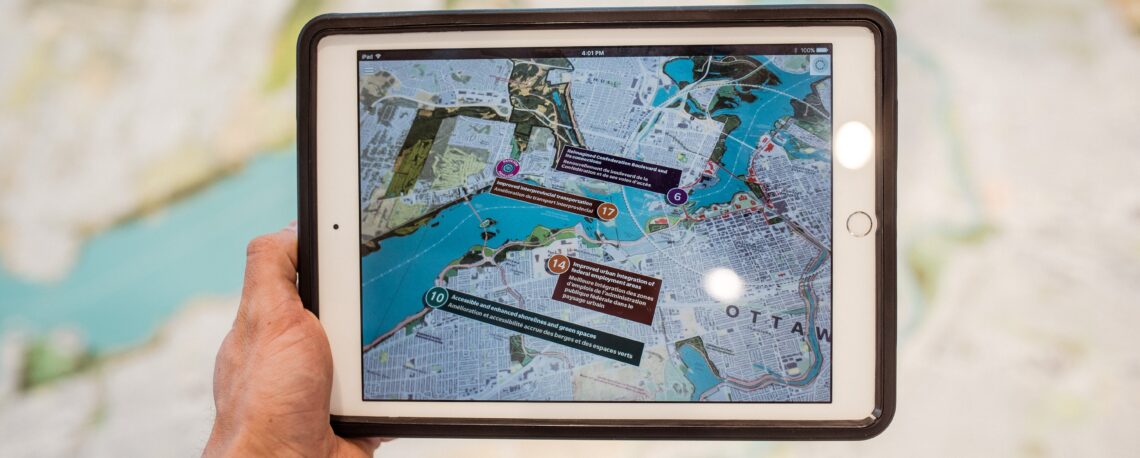Deploying a large number of sensors to perceive an urban environment is the basis for building a smart city. The time-varying data that are produced from the distributed sensors can usually be represented as a (STG). Leveraging the collected data, the task of STG forecasting aims to forecast future trends based on historical observations, which provides insights for improving urban planning and risk assessment.
In recent years, Spatio-Temporal Graph Neural Networks (STGNNs) have become the de facto most popular tool for STG forecasting. While successful, in this study, Xu identifies two key factors — data efficiency and model efficiency — that limit further performance improvements and practical model deployment of STGNNs, respectively. (1) Data efficiency. Public datasets in the STG forecasting task usually possess a limited number of training instances, which may lead to overfitting and inferior model generalization. To tackle the issue, Xu presents systematic explorations on leveraging the additional self-supervision signals derived from contrastive learning techniques to improve data efficiency and thus benefit STG forecasting. (2) Model efficiency. Recently proposed STGNNs rely heavily on GNNs for performing the expensive message passing step, thus inevitably inheriting GNNs’ notorious inefficiencies, and hindering their deployment in large-scale and real-time systems. To address the issue, Xu proposes simple yet effective methods to trim the quadratic computational cost of GNNs. Extensive experiments on real-world datasets demonstrate the effectiveness and efficiency of his approaches.


